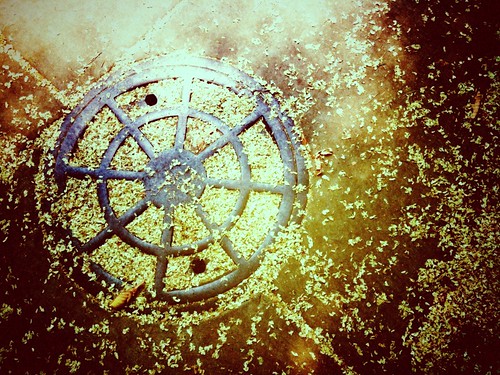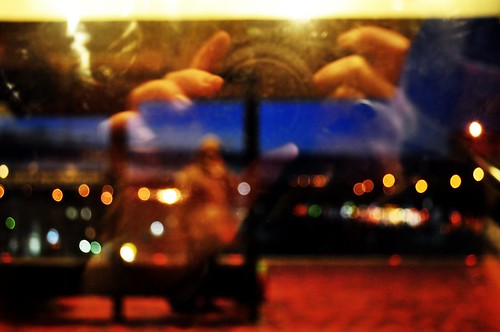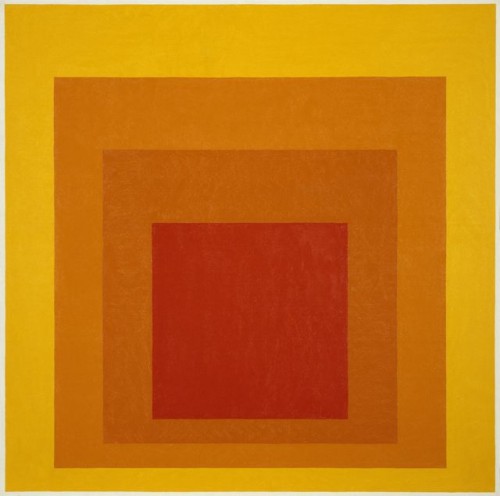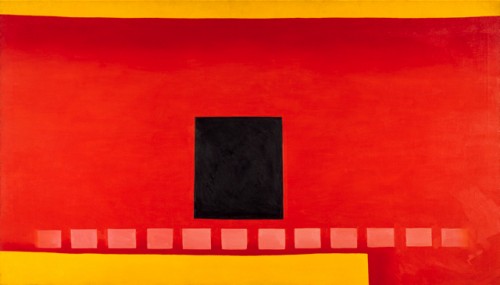Rainy days tend to keep most people from carrying around their cameras which is understandable. Who wants to risk damaging such an expensive piece of equipment? But how many of you have seen something on your trip to work or walk to lunch and thought “if only I had my camera with me?” Sometimes it pays to bring it along for the ride as købiā found out one rainy day last week.
Instead of focusing on the person, the rain itself is the subject and the low angle gives a different perspective all together. Was this taken from the ground? Looking up onto a walkway? And the photo has a nice dreamy quality to it – one that makes you want to go home, sit on the couch, and listen to the rain fall against the window. Maybe take a nap. Yeah, definitely take a nap.



